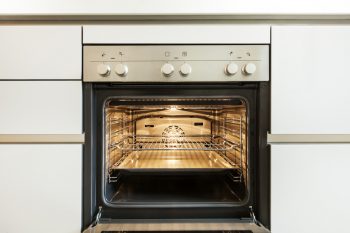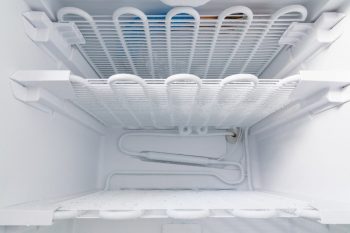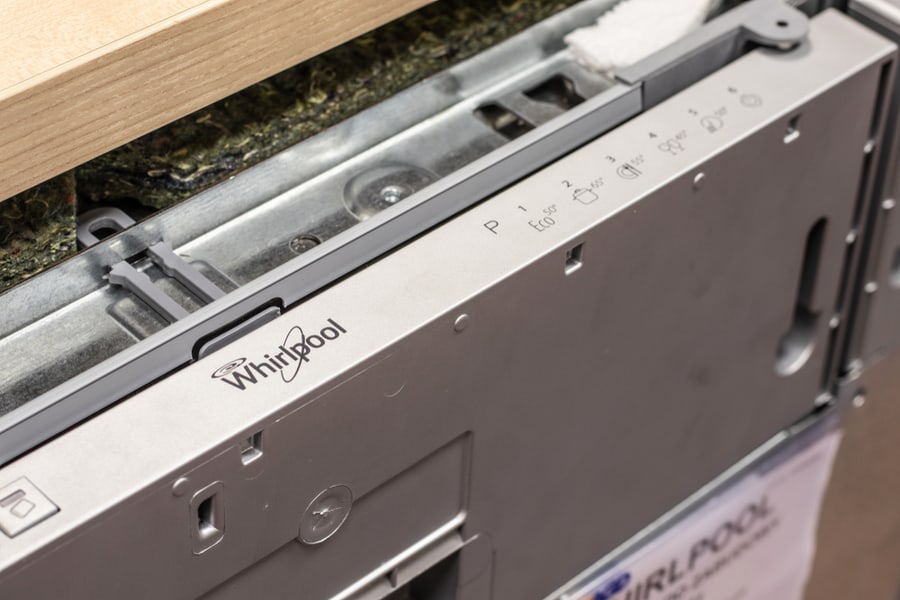
Are you experiencing wet dishes after each wash cycle in your Whirlpool dishwasher? Do you want to identify the issue and make your life easier? Well, we got you covered!
Whirlpool dishwashers are highly sought after and have gained a reputation for their quality and reliability. However, problems with electric appliances, no matter how high in quality, are routine issues.
One of the common problems with your Whirlpool dishwasher will be wet dishes after the wash cycle. This article will discuss the possible reasons and solutions for this particular problem.
There can be several reasons why your Whirlpool dishwasher leaves dishes wet. Below are the 5 main reasons causing this issue:
- Improper loading of dishes
- Unloading the wrong way
- Problem with rinse aid
- Drainage problems
- Faulty heating element
By considering these points, you will be able to enhance the efficiency of your dishwasher in drying your dishes properly in each wash cycle.
This article will highlight 5 basic issues that lead to wet dishes after the wash cycle in a Whirlpool dishwasher. By taking the right steps and by avoiding any missteps, you will be able to see the desired results for you.
5 Reasons Why Your Whirlpool Dishwasher Leaves Dishes Wet
Whirlpool is one of the most reliable appliance companies. Talking about its dishwashers, Whirlpool offers a range of modern dishwashers. They offer multiple useful features, ranking the company’s products among the top.
Owning a Whirlpool dishwasher can make your life much easier with its multipurpose cleaning game. Besides quick and effortless cleaning, it also offers the incentive to dry wet dishes in its complete wash cycle.
However, you might sometimes encounter the dishes wet and not properly dried after the wash cycle. This can worry you as drying dishes on your own can consume a lot of your time and energy, killing the purpose of owning this efficient appliance.
To cater to this problem, you can first identify it and take proper measures to overcome it. There are several possible causes for this issue. Let’s go through them one by one.
1. Improper Loading of Dishes

Do you try to save time by loading all the dishes in the dishwasher at once? Well, this might cost you much more effort and time to get those dishes dried again.
Since the overloading of dishes can reduce the space between them, they fail to dry up properly after the wash cycle.
As the dishes are stacked, they prevent the warm air from circulating and perform the required drying function. So, to avoid this problem, you must learn the proper way of loading the dishes in the dishwasher.
Here is an elaboration of it:
Top Rack
The top rack is usually designed for cups, glasses, and bowls. You need to put each of the following facing upsides down. Not only does this helps in better cleaning of the utensils, but it also helps the water drip off and thus dry them effortlessly.
Bottom Rack
The bottom rack adjusts plates, dishes, and cooking pots. Place the plates vertically and ensure only one plate per slot. For pots or concave utensils, adjust them facing down to prevent the pooling of water in them.
Silverware Basket
This portion adjusts spoons, forks, knives, and other cutlery. Ensure the items are not packed close to let water and hot air pass efficiently through them.
Sometimes, you might forget to push the dry heat button before starting the cycle. This can be the most common reason behind wet dishes after the dishwashing session.
If the function is not activated, it will not work, leaving you wondering what’s wrong with your dryer.
2. Unloading the Wrong Way
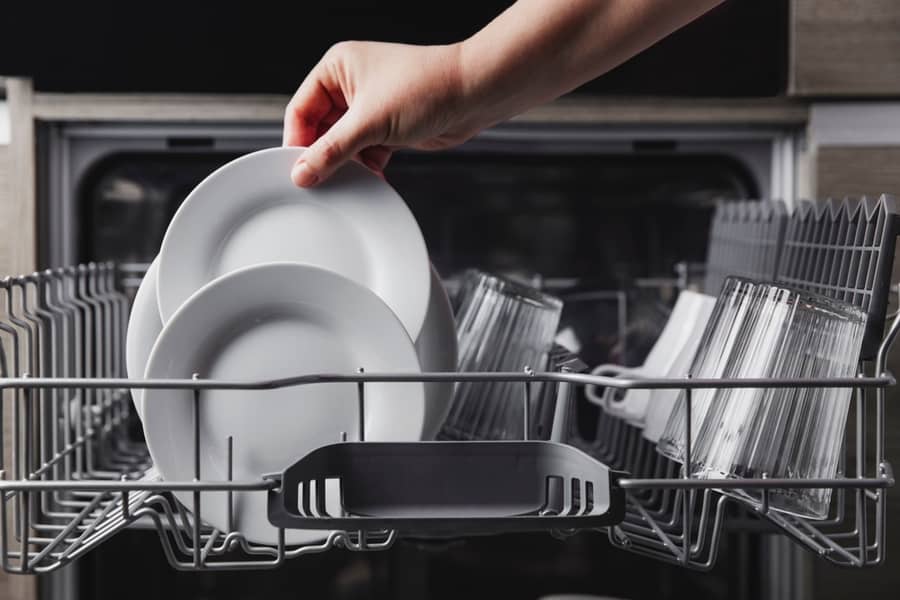
Practicing the right way of unloading the dishes is as important as loading them. It would be best if you emptied the bottom rack first and then moved it to the top rack.
This helps to prevent any splashing of the remaining water from the top dishes from falling off on the dishes lying at the bottom.
Are you giving enough time to the dishwasher to complete the cycle? If not, you must quickly jump to the solution to your question.
If you are always in a hurry, you might want to end your kitchen chores as soon as possible and give your wash cycle a minimal time to finish its work.
This will not give the dishwasher enough time to dry the dishes well. That can be why you ultimately get wet dishes when you open the washer.
3. Problem With Rinse Aid
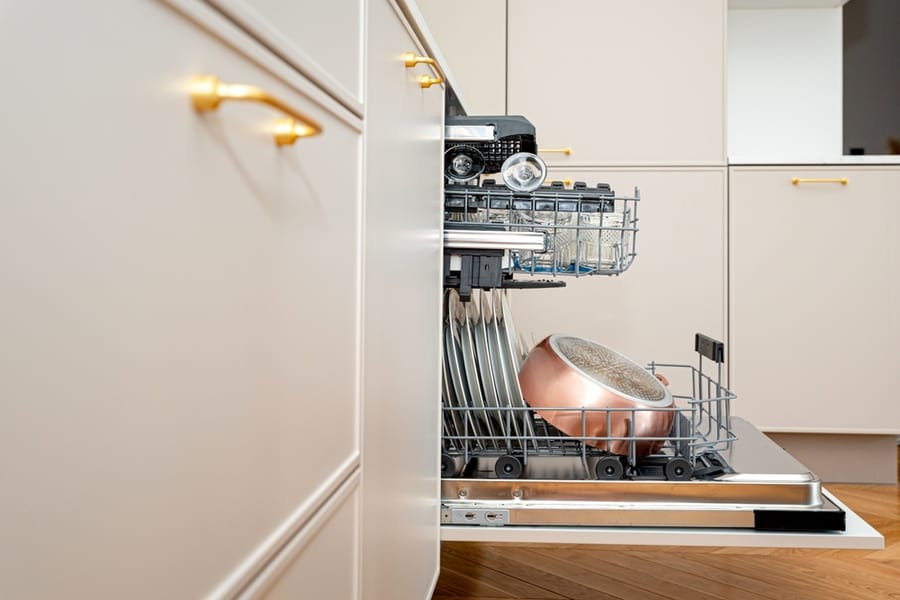
Besides the detergent dispenser, your Whirlpool dishwasher also contains a separate dispenser for rinse aid. Rinse aid helps in better drying the dishes by altering the surface tension of water lying on them.
Thus, improper drying of dishes might indicate a need for rinse aid.
For some dishwashers, loading rinse aid once can be used for multiple washing cycles. However, sometimes, you might need to check it out whenever putting the dishwasher at work.
With additional features of the latest Whirlpool dishwashers, you can adjust the amount of rinse aid for each cycle according to the load.
4. Drainage Problems
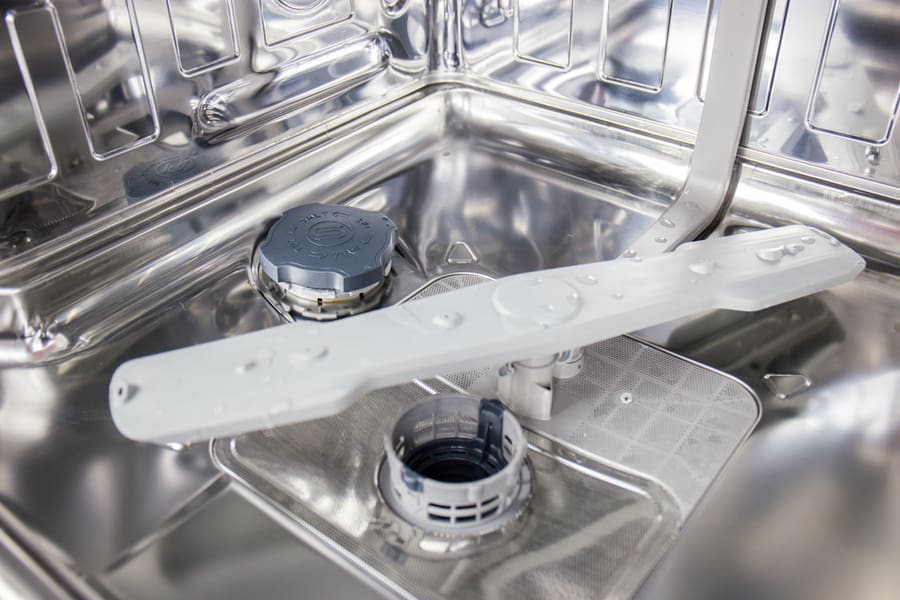
Do you find your dishes wet after the wash cycle? Do you also find the water sitting in the bottom of the dishwasher when you open it? Well, the problem might be lying in the drainage system of the dishwasher!
Problems with drainage can not only leave your dishes wet but can also result in contaminated dishes. It is because the blocked drains can cause a backflow of water.
In this way, the same water used in cleaning the dishes is spitted back on the dishes instead of being drained out.
To address this issue, you can identify the actual problem and take proper measures to cure it as early as possible. We will discuss them one by one below:
Blocked Drainage Hose
The drainage hose of the dishwasher might be clogged with some solid material and prevent water from going down the drain. This can make the water stay in the bottom of the dishwasher and cause its backflow.
To overcome this issue, open the sink cabinet and look at the hose for any blockage. You can unclog the hose lining to ease water flow and keep the dishwasher dry.
Blocked Drain Filter
The drain filter covers the opening of the drainage pipe to prevent any solid chunk from entering the drainage pipes and causing their blockade.
As it collects the food particles over time, it can slow down the drainage of the water during the wash cycle.
You need to clean this filter regularly to avoid this problem and make the water drainage fast and easy.
Defected Drain Pump
Another reason behind poor drainage can be a faulty drain pump. This pump creates a vacuum force pulling out the excess water from the dishwasher quickly.
You might hear the noise of the drain pump during the dishwashing cycle. If you experience a change in the sound of the dishwasher during the regular cycles, you must confirm if the pump is working fine.
Otherwise, it can cause water pooling in the appliance leading to its poor performance.
5. Faulty Heating Element
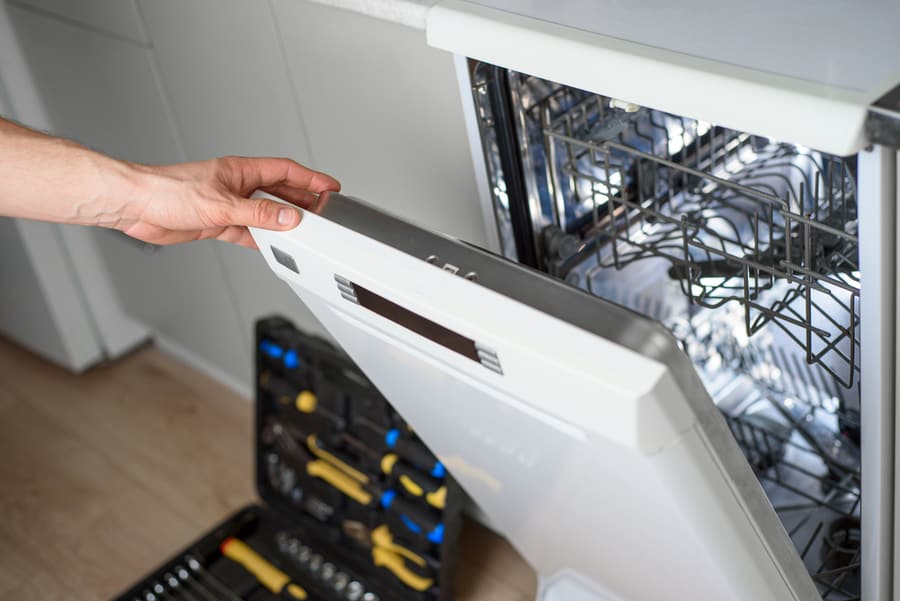
The reason why the dishes come out wet in your Whirlpool dishwasher can be its faulty heating element. The heating element heats the water before splashing it on the dishes for a proper wash.
Along with that, it also helps in an efficient dry cycle once the washing is done.
The heating element raises the internal temperature of the dishwasher, helping to evaporate the water quickly from the surface of the dishes.
A properly working heating element indicates that your dishes are warm and dry after the wash cycle. If instead, your dishes come out cold and wet, it indicates a problem with the heating element.
You can replace the heating element by following proper safety measurements or leave the work to a professional.
The heating element needs quite a few minutes to heat up to a temperature where it can evaporate the water off the dishes and make them dry.
If not given enough time, it can’t do that properly. This can eventually cost you dissatisfaction in terms of cleaning and drying dishes.
Conclusion
You are certainly not happy if your dishes come out wet after each wash cycle in your Whirlpool dishwasher. However, it can indicate a problem with your dishwasher or your practice of loading the dishes.
You can learn to properly load and unload dishes during each wash cycle for maximum efficiency.
Secondly, you can monitor the dishwasher and its parts, such as rinse aid, drainage hose, drainage filter, or heating element, for any problem.
This can help minimize the issues and get properly dried dishes after each wash cycle of your dishwasher.
Frequently Asked Questions
Is It Necessary To Click the Heat Dryer Button Before the Cycle Starts?
Whenever setting the dishwasher on its new cycle, make sure to push the heat dryer button beforehand. It is important as it will make the heating element ready to get started with its work when required.
The time it takes for the heating element to increase its temperature and push it to do the actual work can be greatly reduced by adopting this practice.
How Can I Improve the Efficiency of My Dishwasher To Dry Dishes Quickly?
You can take the following steps to improve the efficiency of your dishwasher to dry your dishes quickly:
- Use rinse aid.
- Do not overload the dishwasher.
- Use the heated drying option when necessary.
- Let the steam escape after the dishwashing cycle by leaving the door of the dishwasher ajar.
- Do not wash plastic items in the dishwasher.
- Clean the drainage filters at least every month.



